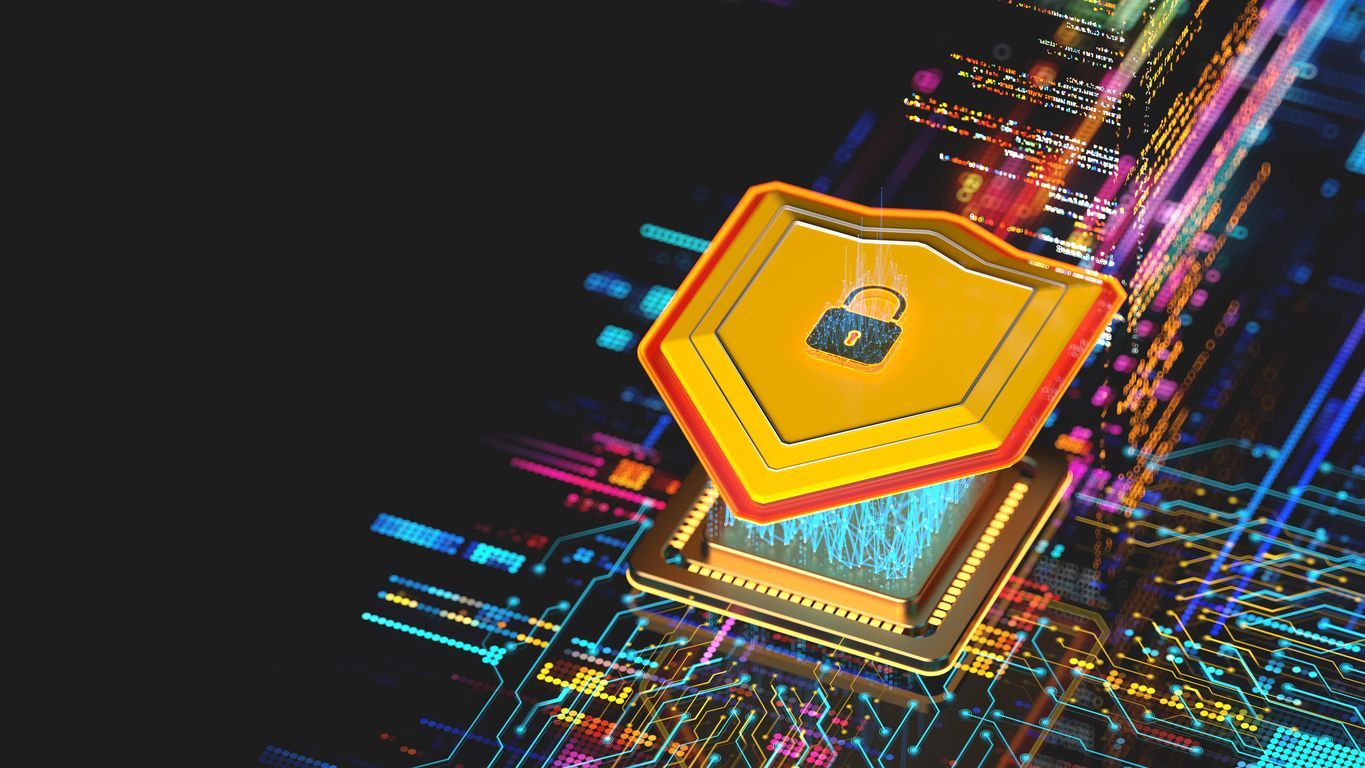Managed service providers have always gone above and beyond to impress upon clients the value of security. However, in the early rush this spring for businesses to create work-from-home (WFH) setups for teams due to the coronavirus pandemic, security took a backseat on the list of priorities. Getting teams online and ensuring everyone had access to pertinent documents and systems were the focus for continuing “”business as usual.””
Unfortunately, according to the recent report The Global State of Industrial Cybersecurity, 51% of experts believe that networks are not adequately prepared to defend against cyberattacks and need additional support, while 55% feel that other vital infrastructures are vulnerable to cyberattacks. These statistics become more impactful as businesses go from in-office to remote workforces.
With that in mind, and now that the initial WFH push has passed, MSPs should spend time educating clients and shoring up infrastructure to meet the challenges of what is sure to be an altered “”workplace”” even after things get back to normal. Here are some fundamental concepts to keep your customers safe:
Keep careful watch on current infrastructure: If clients are still running Windows 7 or other outdated platforms, the risk for a breach is amplified nearly tenfold. Patches and critical updates are almost never supported on outdated platforms. Working with clients to determine what systems they’re currently running, how to update them without creating a major financial burden, and how to do it efficiently can provide immense value for businesses that have consistently relied on old operating systems to get jobs done. With support from MSPs, companies can make gradual shifts and manage their updates in a sequential pattern that conserves costs and minimizes disruption. This approach often makes more sense for smaller businesses.
Start the conversation with security: Security should never be an afterthought, especially when businesses have to quickly pivot to address new team environments. While security measures may be dependent on what each unique team requires, organizations need to have expectations in place for those running remote meetings or sharing files across networks so individuals understand their role in maintaining a secure environment. Meetings that once took place in person and now need to be hosted virtually, or documents that could be previously passed through internal servers, are now subject to public interference. Zoom hacking has taken the “”safe at home”” world by storm, and created new challenges for businesses that rely heavily on virtual meetings. It’s up to MSPs to empower clients to ensure that employees, as well as contractors, are wary of potential risks.
Identify what customers need most: Existing customers are typically aware of the value an MSP can bring, and further leveraging their expertise can pay higher dividends in the current economic climate. With 80% of U.S. small businesses expected to be fully adapted to cloud computing by the end of this year, according to a study from Emergent Research and Intuit, the value of the cloud, and of the expertise required to migrate and manage those systems, is obvious. The true challenge now is, how do businesses deploy cloud quickly in an environment where it wasn’t a priority before? Though this can look like a daunting task, there are ways to take a more hybrid approach to the cloud that makes it more feasible for companies with less flexibility. It’s crucial to understand that any time you make a change—whether it’s four or 15 things—it will cause a disruption.
It’s unclear what the future of MSP support will look like, but it’s no question that the demand for maintenance has skyrocketed in recent months. Providing aid in all scenarios, and offering customers solutions despite challenges, will inevitably set certain MSPs apart.
JULIE BRANC is national director of client experience and strategy at All Covered, the nationwide technology services division of Konica Minolta Business Solutions USA.













